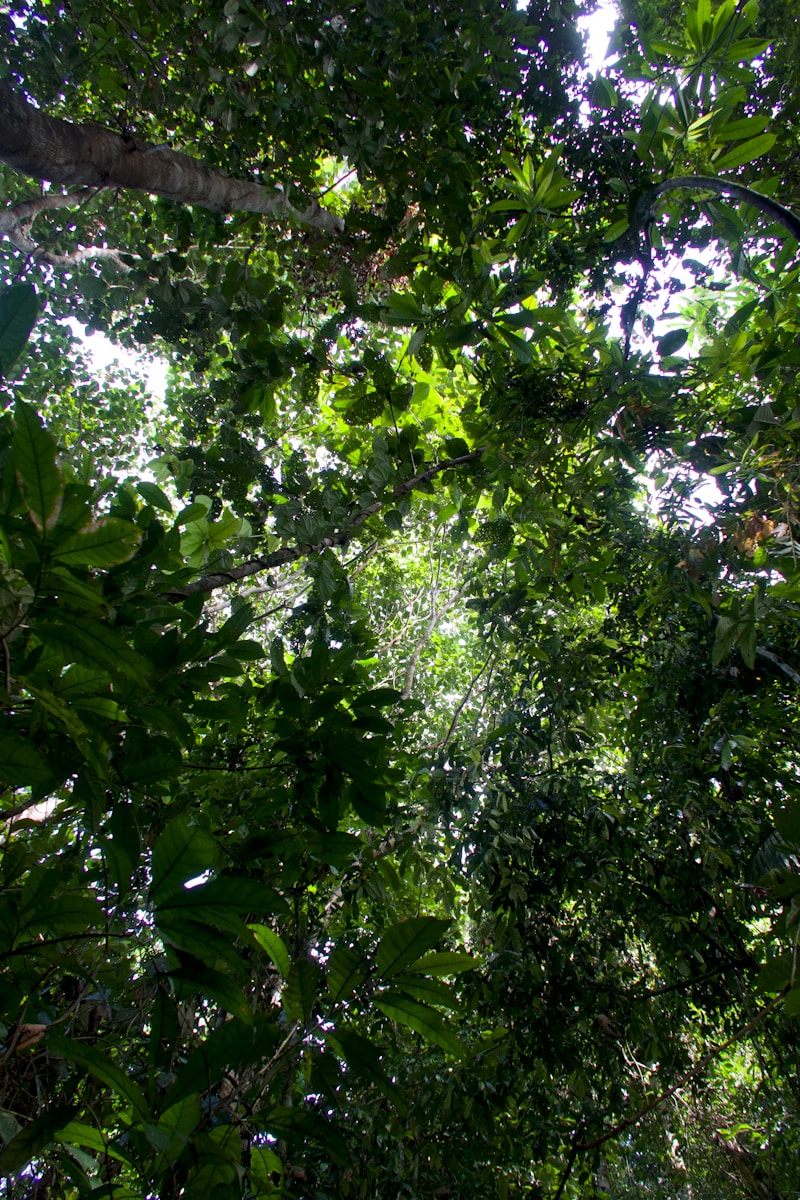By Amir Rashad Mustaffa
In the quiet limestone caverns of Lembah Kinta, Perak, history has spoken again! This time it is through newly discovered inscriptions that bridge the spiritual, linguistic, and cultural worlds of early Malay civilisation.
Carved meticulously into the cave wall, the text reads: “sa-hu-tku-di-bhā-ṭā-ra-ī-śva-ra-ya(ṁ)-dṅan. prā-rtha-na”.
The inscription translates roughly as “I respond with prayer to Lord Shiva.” Though brief, its linguistic layering is profound. The grammatical skeleton is clearly Old Malay, with functional words di, yang, and dengan, while the key lexemes bhāṭāra īśvara (“Lord Shiva”) and prārthana (“prayer”) are Sanskrit in origin. This beautiful interplay between Malay and Sanskrit reflects the deep religious and intellectual currents that once flowed from the Indian subcontinent into the Malay realm.
The inscription’s mixture of Sanskrit vocabulary and Malay grammatical structure resonates with broader patterns I have explored in my own research, including a recent study presented at the International Symposium on Malay/Indonesian Linguistics (ISMIL) in Bali earlier this year, which examined the syntactic architecture of Old Malay, as well as my research elsewhere on the use of Sanskrit in religious Malay discourse. Together, these findings illuminate how Old Malay became a vehicle not only of governance and trade, but also of spiritual articulation.
Another inscription bears the date: “diṃ s(ś)aka (varṣātīta) 888 bulan.” This corresponds to 966 CE in the Gregorian calendar, situating the find within the age of Srivijaya’s influence across the Malay Peninsula and Sumatra.
Written in Kawi script, the inscription reveals the reach of early literacy and ritual practice into the interior of the peninsula. Its discovery in Perak confirms that Lembah Kinta was not an isolated inland valley, but part of a dynamic cultural and religious network that connected the coasts, rivers, and mountain passes of early Southeast Asia.
While the team led by Assoc. Prof. Nasha Rodziadi Khaw has previously uncovered Sanskrit inscriptions in Lembah Bujang, Kedah, this newly found text from Lembah Kinta, Perak, represents the oldest attested inscription in the Old Malay language discovered in what is today Malaysia. Professor Arlo Griffiths, one of the world’s leading authorities in Southeast Asian epigraphy, has also personally examined the site and the inscription. It marks a crucial linguistic milestone, the point where sacred devotion began to find expression not only through Sanskrit, the language of prestige and liturgy, but also through Old Malay, the everyday language of the masses.
Yet amid the scholarly excitement, an urgent reality confronts us. The limestone hills of Ipoh and Lembah Kinta, which shelter these irreplaceable inscriptions, face escalating threats from quarrying and urban expansion. Each cave destroyed is not just a loss of natural beauty, it is the erasure of history itself.
Preserving these caves means safeguarding the oldest written voice of our ancestors, a voice that speaks in Old Malay, resonates with Sanskrit devotion, and echoes across a millennium of shared heritage. We must protect the narrative of who we are and where we come from. The voices of our ancestors, etched in Old Malay and Sanskrit, still call out from the cave walls, if only we would listen!
For ongoing documentation and updates, visit “Pemerhati Lembah Kinta” on Facebook, a growing community dedicated to ensuring that these ancient voices in stone continue to be heard, studied, and protected for generations to come.
Dr Amir Rashad Mustaffa is a senior lecturer at the Department of Malaysian Languages and Applied Linguistics, Faculty of Languages and Linguistics, Universiti Malaya and may be reached at armus@um.edu.my
